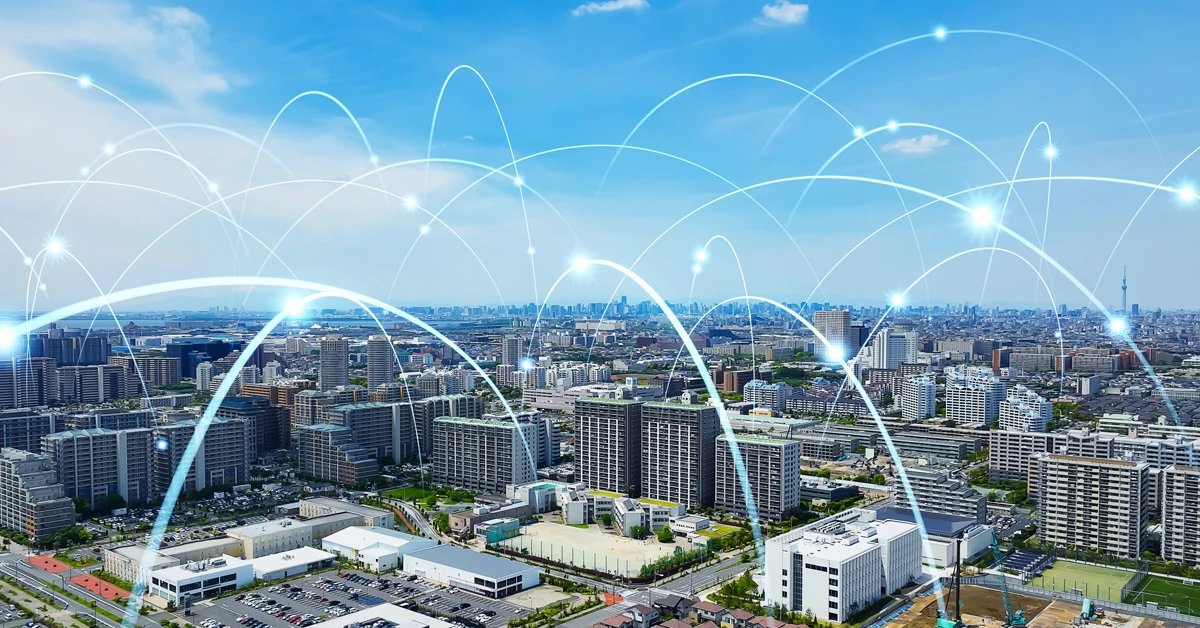Network Traffic Shaping Devices
What are the key features to look for in network traffic shaping devices?
When looking for network traffic shaping devices, key features to consider include the ability to prioritize traffic based on predefined rules, real-time monitoring and reporting capabilities, support for Quality of Service (QoS) settings, scalability to accommodate growing network demands, and compatibility with different network protocols. These devices should also offer flexibility in shaping traffic based on specific applications or user groups, as well as the ability to enforce bandwidth limits to prevent network congestion.








